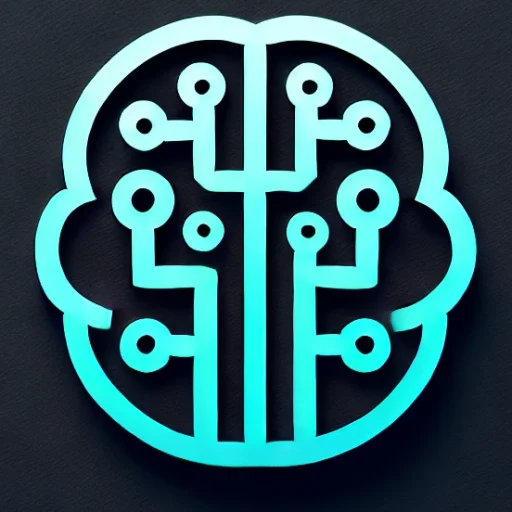
Introduction
The rapid evolution of artificial intelligence has brought forth numerous innovations, yet one of the most transformative advancements in recent times is the development of AI-powered generative models. From revolutionizing creative industries to redefining data-driven business strategies, these models are reshaping the landscape of technology and society. This blog explores the impact of generative models, showcasing their capabilities, applications, challenges, and future potential.
Key Insights & Latest Advancements
Generative models, particularly generative adversarial networks (GANs) and transformers, have gained significant traction due to their ability to generate complex data structures, synthesize photorealistic images, create text, and even compose music. Recent breakthroughs include OpenAI’s GPT-4, which exhibits an impressive ability to understand context and generate human-like text, and DALL-E 2, which produces intricate images based on textual descriptions.
These models thrive on vast datasets, leveraging deep learning techniques to understand patterns and generate new data. The advancements in algorithm efficiency and computational power are enabling these models to perform tasks previously thought impossible for machines, such as generating artwork that rivals human creativity or composing coherent and contextually rich narratives.
Real-World Applications
Generative models are not just confined to theoretical research; they are actively transforming numerous industries:
-
Entertainment and Media: AI-generated content, from scripts to graphics, is revolutionizing media production, reducing costs, and expanding creative possibilities.
-
Healthcare: In drug discovery, generative models are used to simulate molecular structures, speeding up the research process and reducing experimental costs.
-
Retail and Marketing: Personalized advertising content is being generated to match consumer preferences with high precision, enhancing customer engagement.
-
Finance: Synthetic data generation for risk assessment and fraud detection is becoming increasingly common, providing more robust datasets for analysis without compromising privacy.
Challenges & Future Outlook
Despite their potential, generative models face several challenges. Ethical concerns regarding deepfakes and digital forgeries demand stricter regulations and technological safeguards. The computational resources required to train these models can also be prohibitive, raising concerns about the environmental impact of large-scale AI deployments.
Moreover, ensuring diversity and fairness in generated outputs is an ongoing challenge, as biases present in training data can lead to skewed results. Addressing these issues involves not just technological solutions, but also policy-making and multidisciplinary cooperation.
Looking ahead, the future of generative models is promising. As algorithms become more efficient and available datasets grow, these models will become even more integrated into everyday technologies. Continued research and cross-industry collaborations will be crucial in navigating the complexities of ethical AI deployment.
Conclusion
The rise of AI-powered generative models marks a significant milestone in the evolution of artificial intelligence. Their capacity to innovate across sectors while posing new ethical and logistical challenges underscores their dual nature as both a powerful tool and a complex challenge. As industries continue to harness the potential of these models, maintaining a balance between innovation and ethical responsibility will be key to navigating the future of AI-driven transformation.
In summary, the impact of generative models is vast and multifaceted, with their influence only expected to grow in the coming years. By understanding their capabilities and challenges, we can better prepare for a future where AI plays an integral role in shaping our digital and physical worlds.

